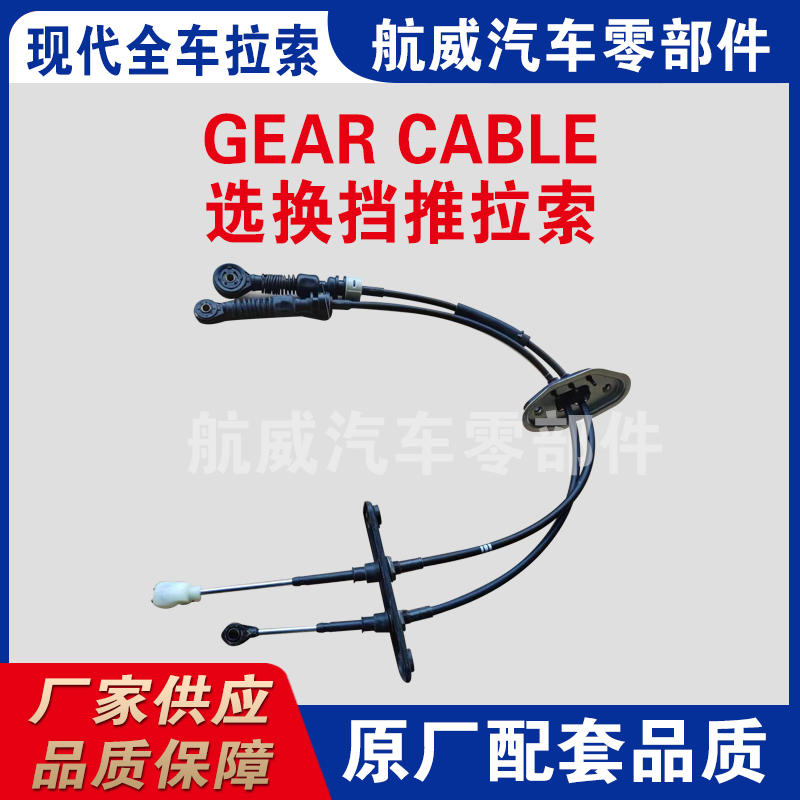Understanding Throttle and Clutch Mechanics for Improved Vehicle Performance
Throttle and Clutch The Dance of Control in Automotive Performance
In the realm of automotive mechanics, the dance between the throttle and the clutch is a critical aspect of driving. Both components serve distinct yet interconnected purposes, and their proper use is essential for achieving optimal vehicle performance. This article delves into the intricacies of throttle and clutch control, emphasizing their roles in enhancing driving experience and vehicle dynamics.
At its core, the throttle controls the amount of air and fuel entering the engine, thus regulating the engine's power output. When the driver presses the accelerator pedal, they are essentially opening the throttle, allowing more fuel and air to mix and combust within the engine. This action generates more power, resulting in increased speed. The throttle position not only affects acceleration but also determines the engine's responsiveness. A well-calibrated throttle allows for smooth acceleration, enhancing the overall driving experience.
Throttle and Clutch The Dance of Control in Automotive Performance
The interplay between the throttle and the clutch is especially important during situations requiring precise control, such as during starts and stops, hill starts, and cornering. When starting from a standstill, the driver must balance the throttle and clutch to prevent stalling. Too much throttle can lead to wheel spin, while too little can cause the engine to stall. Achieving the right balance is a skill that separates novice drivers from experienced ones.
throttle clutch

Additionally, the driving technique known as rev-matching is an elegant example of throttle and clutch coordination. This technique involves matching the engine speed (RPM) with the speed of the wheels when downshifting. By giving a slight blip on the throttle while depressing the clutch to downshift, the driver can create a smoother transition and prevent the car from lurching. This not only enhances passenger comfort but also protects the drivetrain from excessive wear.
In performance driving, mastering the throttle and clutch relationship can significantly influence lap times and overall vehicle handling. Racing drivers often rely on precise control of these elements to maximize acceleration out of corners and optimize their racing lines. The ability to modulate the throttle while managing the clutch can ultimately lead to faster acceleration times and improved cornering capabilities.
Furthermore, the advent of automatic and semi-automatic transmissions has altered the traditional roles of the throttle and clutch but has not diminished their importance. Even in these systems, the throttle still plays a pivotal role in power delivery, while the clutch—though often automated—continues to facilitate gear changes seamlessly.
In conclusion, the throttle and clutch function as vital components of vehicle control, allowing drivers to harness the power of the engine while maintaining smooth operation. Understanding how to manage these elements not only contributes to a more enjoyable driving experience but also enhances vehicle safety and performance. Whether navigating city streets or conquering racetracks, the harmonious relationship between throttle and clutch remains a fundamental aspect of mastering the art of driving.
-
Workings of Clutch Pipe and Hose SystemsNewsJun.04,2025
-
The Inner Workings of Hand Brake Cable SystemsNewsJun.04,2025
-
The Secrets of Throttle and Accelerator CablesNewsJun.04,2025
-
The Hidden Lifeline of Your Transmission Gear Shift CablesNewsJun.04,2025
-
Demystifying Gear Cables and Shift LinkagesNewsJun.04,2025
-
Decoding Clutch Line Systems A Comprehensive GuideNewsJun.04,2025
